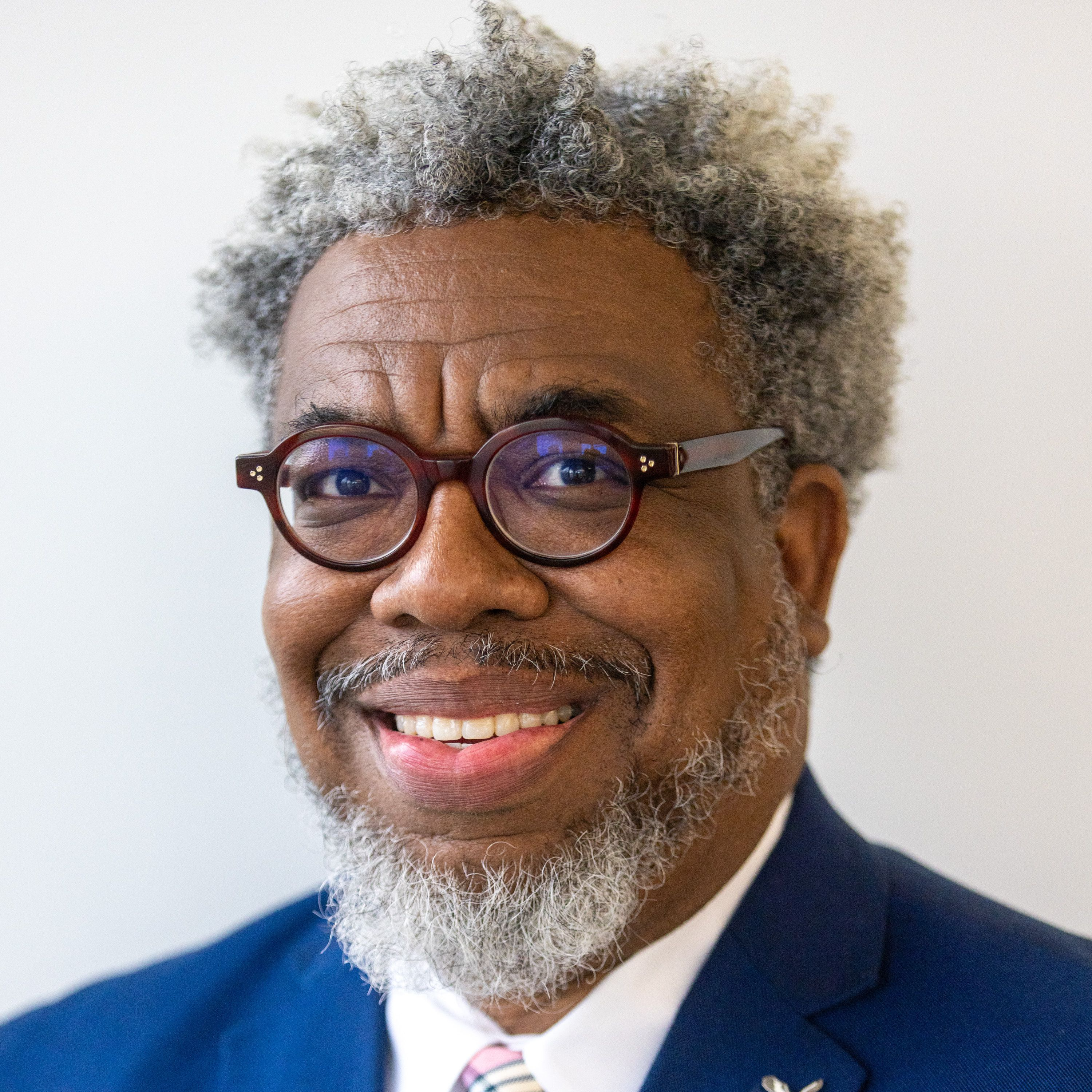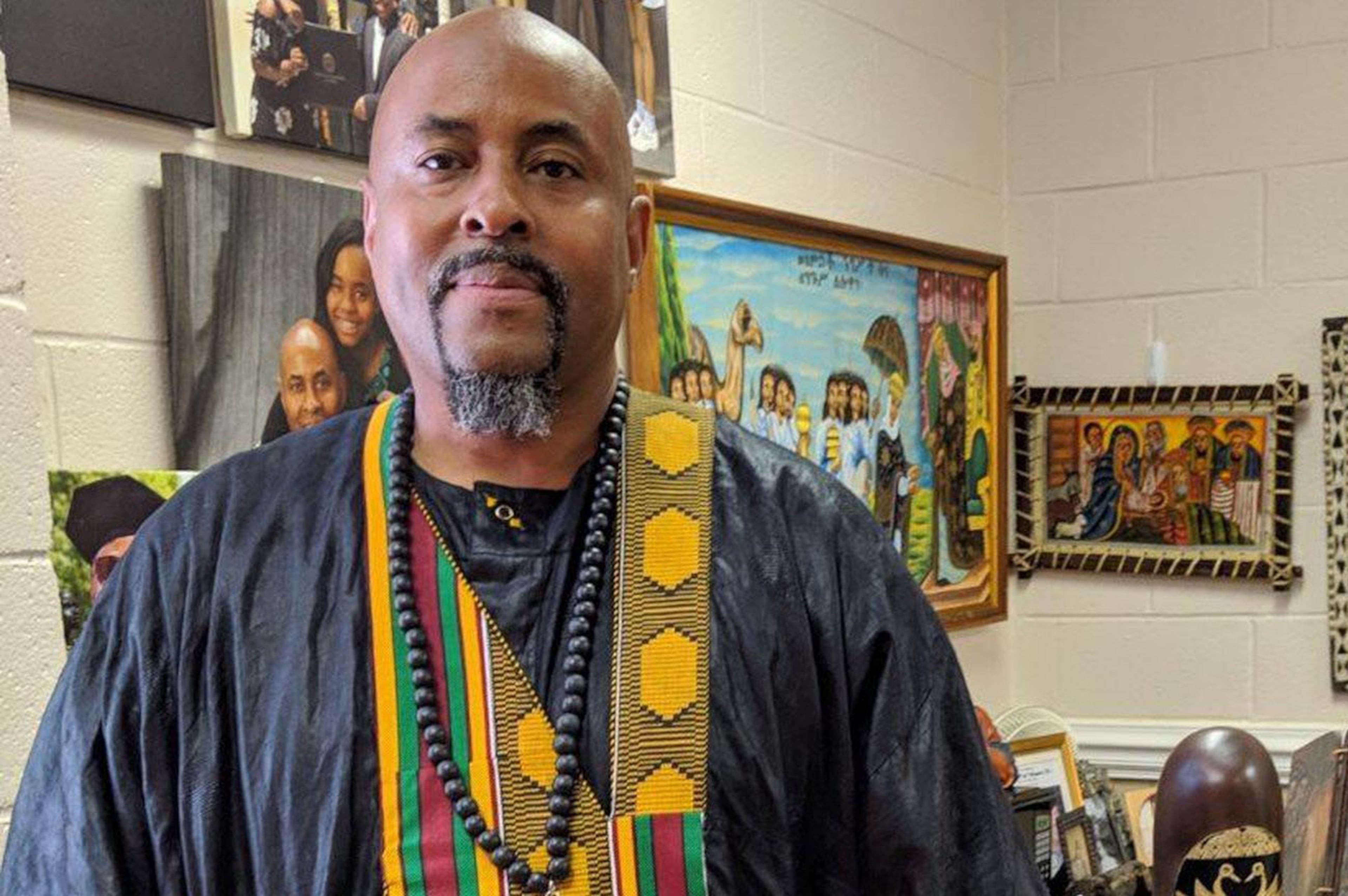Andrew Young on resistance and pushing the world forward
Prologue: As we close out our Black History Month coverage, civil rights leader, former Atlanta Mayor, U.N. Ambassador and Presidential Medal of Freedom recipient, Andrew Young sat down with Riley Bunch to talk about resistance and to lead us into a recap of the stories we featured in the series.
I’m not comfortable with the term “Black Resistance.”
Because I’ve never been resisting so much as I’ve been pushing forward.
And I think the Civil Rights Movement needs to find a way to lead and not follow.
I’m of a different time. When we went to Birmingham in ‘61 and ‘62, there had been 60 bombings of Black homes and churches.

We went there to reverse that trend and to desegregate Birmingham. We did it and we didn’t lose a single person in the demonstrations and we didn’t hurt a single person.
The killing of the girls at the 16th Street Baptist Church happened after the March on Washington and before Martin Luther King won the Nobel Peace Prize.
In the last month or so, I’ve been invited to restaurants that I can’t afford by friends, Black and white. And I haven’t been to one of these expensive restaurants in Atlanta where the clientele was not racially balanced and leaning toward the majority Black.

So I think anybody that wants to resist the kind of prosperity and progress that we’re making, you need to get out on the knees and pray for a little more insight and understanding that this is not a time to be cynical.
I should also say, and I think it’s true, that I had not known about the 60 bombings in Birmingham. I had not seen it in the Atlanta Journal-Constitution. And that’s 150 miles away.
We have seen every incident you know. We saw George Floyd for eight minutes and 46 seconds.
We didn’t see Emmett Till die, but we know what happened.
And with Emmett Till, our answer, in some ways, was the Montgomery Bus Boycott and that started the Civil Rights Movement.
You have to be patient in your struggle.

I was talking to some of my grandchildren. And they were talking about places in the world where they would want to live. I said to them, “I’ve been to 152 countries and I’ve had a good time in all of them. But after four or five days, I’m ready to come back to Atlanta. And you will be too.”
My advice for people is to buckle down and dream and work and plan. Because Martin Luther King’s dream is still theirs, whether they like it or not.
And that is to redeem the soul of America. And you don’t redeem the soul of your adversary. What’s the term you used, resistance? We got nothing to resist. We’re trying to push the world forward.
-- Andrew Young
Why We Resist
In the seven previous years that the Atlanta Journal-Constitution has published its annual Black History Month series, there was always a strong resistance to writing about Rosa Parks.
The reason is that the intention of the series has always been to tell the lesser-known stories and bring light to segments of Black history that are often overlooked, under-explored or nuanced. That is why in the past we have done stories on The Doll Test, The Talented Tenth and Black Homesteaders.

You see, Rosa Parks – and this is a testament to her legacy – was always the first person we talked about during Black History Month. Her courageous form of resistance – simply refusing to give up her seat on a Montgomery, Alabama bus – sparked the modern civil rights movement and changed America.
So, we resisted. Until this year.
Since 1928, the Association for the Study of African American Life and History, has been selecting themes to mark Black History Month. The organization was founded by historian Carter G. Woodson, whose idea for Negro History Week has since grown into Black History Month.
The Atlanta Journal-Constitution’s Eight Annual Black History Month Series has followed those themes and this year, we focused on Black Resistance and how Black people “have resisted historic and ongoing oppression, in all forms, especially the racial terrorism of lynching, racial pogroms, and police killings since our arrival upon these shores.”

For us, that meant finally telling the story of Rosa Parks – brilliantly told by scholar Jeanne Theoharis, the author of the award-winning “The Rebellious Life of Mrs. Rosa Parks.”
What better way to kick off a series about resistance than with Parks, who famously once said: “If I did not resist being mistreated I would spend the rest of my life being mistreated.”
Sunday Living
In crafting the series, we published major A1 and Sunday pieces on the topic, as well as a collection of new and archival stories spread out over the month telling the important story of Black resistance.
As always, we anchored the series with a set of four Sunday Living stories, beginning with the incredible and forgotten story of Angelo Herndon, who in 1933 at the age of 19, was accused of “attempting to overthrow the lawfully and constituted authority of the state of Georgia,” before embracing communism.

Sunday pieces that followed included the story of the rebellion at Igbo Landing, about how captured Africans picked death over enslavement; how the card game bridge is steeped in Black culture; and how Atlanta – to no one’s surprise – is at the center of innovations in Black hair culture.
Black Women
Women were again very prominent in our coverage, from groundbreaking filmmaker Euzhan Palcy to Dionne Monique, who helped explain how to talk to children about illness.

Our story on Sojourner Truth helped explain the importance of Black people being able to pick their own names.
The Enslaved
We tackled America’s greatest sin in a variety of ways.
First, how John Blassingame changed the way slavery is taught in schools – changing the narrative from the happy slave to the discontent enslaved.
We also unearthed Jordan Anderson’s biting 1865 letter to his former master demanding respect and reparations. Off of our shores, we retold the story of the Haitian Revolution.
Marley, Fashion and Tragedy
In the arts and culture, we grooved to Bob Marley and donned our leather jackets to see how music and fashion were forms of resistance.
We also explored various depictions of beauty, including the sad tale of the tragic mulatto.
Atlanta
Specifically focusing on Atlanta, we looked at how the Oakland Cemetery is working to recognize and represent the lives of Black people buried there.
We got in the ring with boxing legend Tiger Flowers, whose legacy is still strong in the city; and climbed Stone Mountain to try to understand its meaning.

With 2023 being the 50th anniversary of the election of Maynard Jackson, we looked at how he helped build modern Atlanta, including the presence of Black-owned banks and financial institutions.
We also looked at how Atlanta’s Black gay community continues to fight for funding and respect. And how the Atlanta Braves gave Satchel Paige some respect by securing a pension for him.
Valentine’s Day & the Prom
For Valentine’s Day, it has been our tradition to tell stories of love and resilience. This year, we found Morocco and Paula Coleman, who met as babies in 1948 and reconnected decades later.
The Colemans didn’t go to their high school prom together, but we took on the curious case of Wilcox County High School, which until 2013 still held segregated proms.

The Ecology
We looked at how Black communities are still suffering from forms of environmental racism and how Native Americans and Black Americans share a kindred, but sometimes strained relationship.

Of Cecil and Afua
And finally, we caught up with Cecil Williams, the South Carolina-based photojournalist, who in the ultimate form of public resistance – took a sip of water.

And we ended the series, as we always do, with a look toward the future.
This time with Afua Richardson, one of the only Black female comic book illustrators.
When we were done 25 different reporters, a host of photographers, editors, designers and videographers, produced 29 stories, which have been indexed on our new Black History Month Page.

Another story we looked at was the Nap Ministry and how napping can be a form of resistance.
So we will rest a bit, before getting ready for 2024 as our theme will be Black Arts.
See you next February.
This year, the AJC’s Black History Month series focused on the role of resistance to forms of oppression in the Black community. In addition to the traditional stories that we do on African American pioneers, these pieces ran in our Living and A sections every day this month. You can also go to ajc.com/black-history-month for more subscriber exclusives on the African American people, places and organizations that have changed the world.



